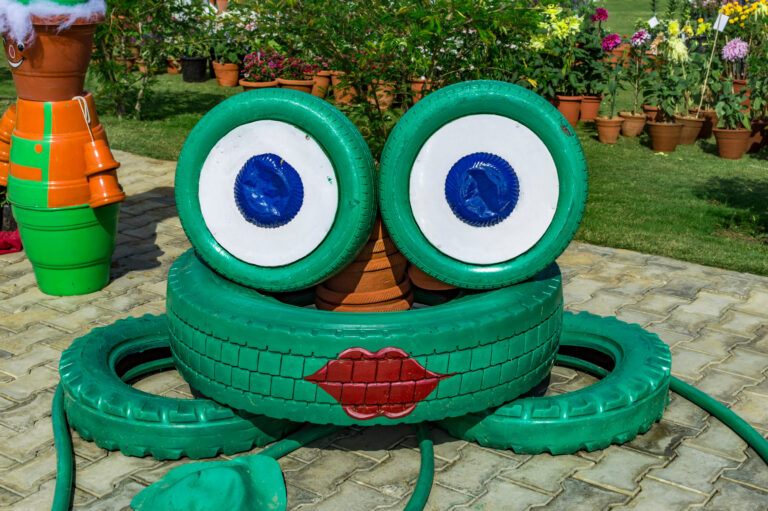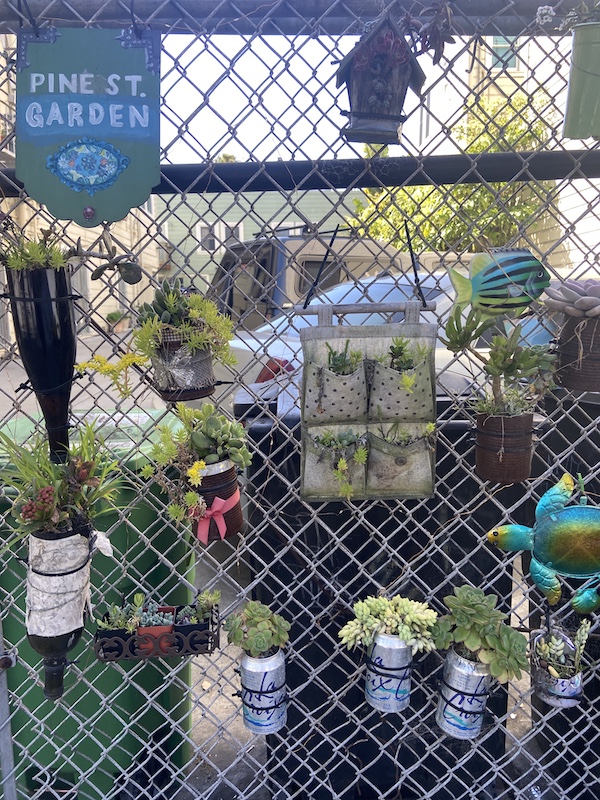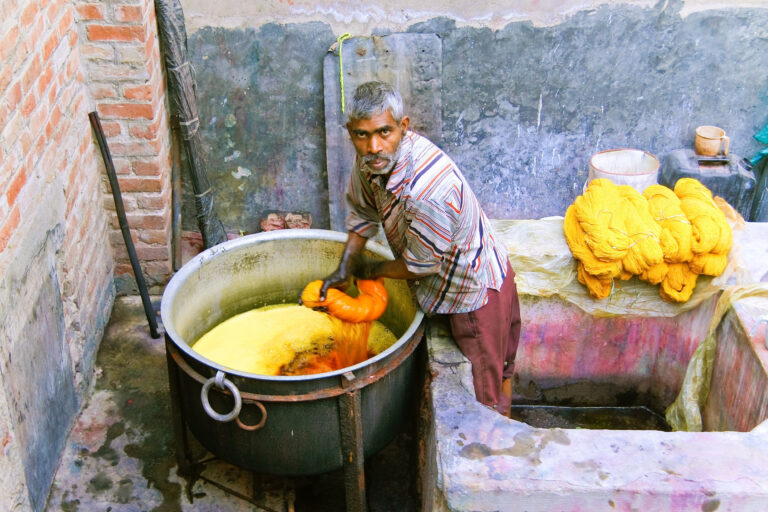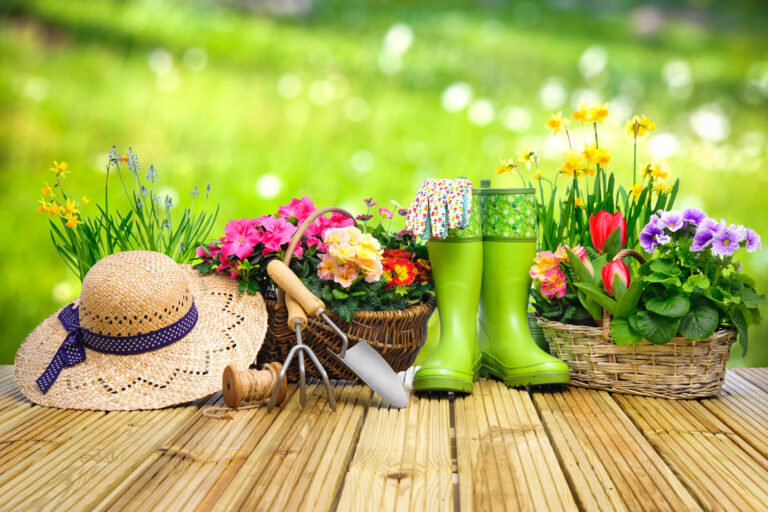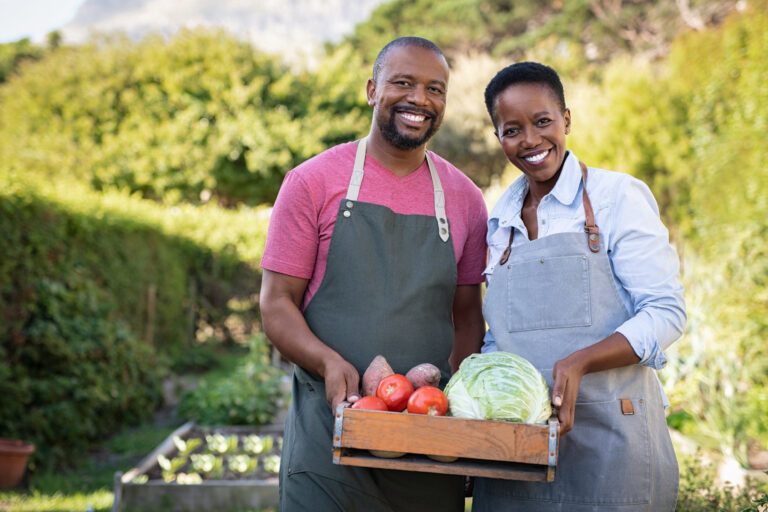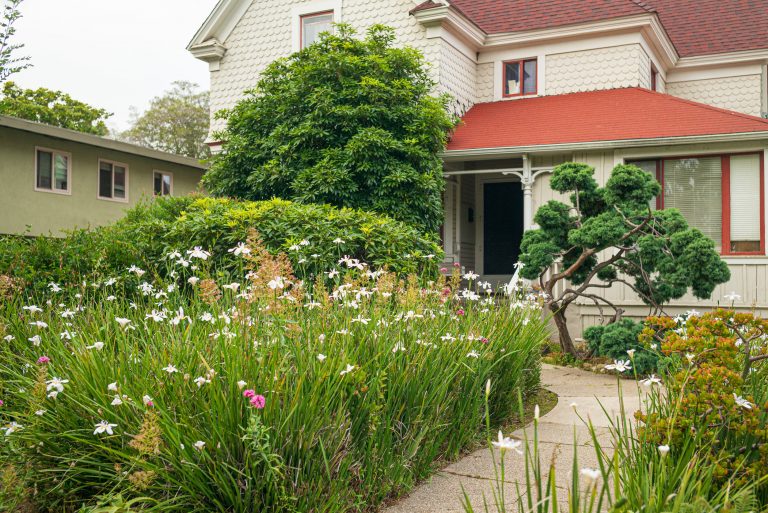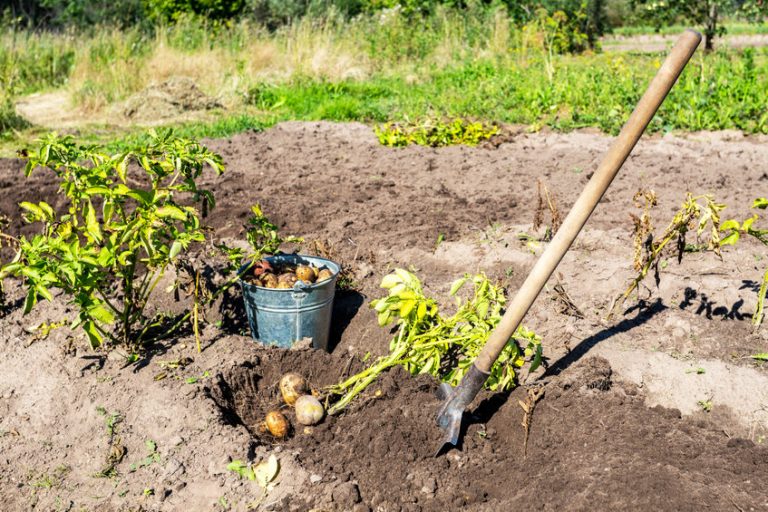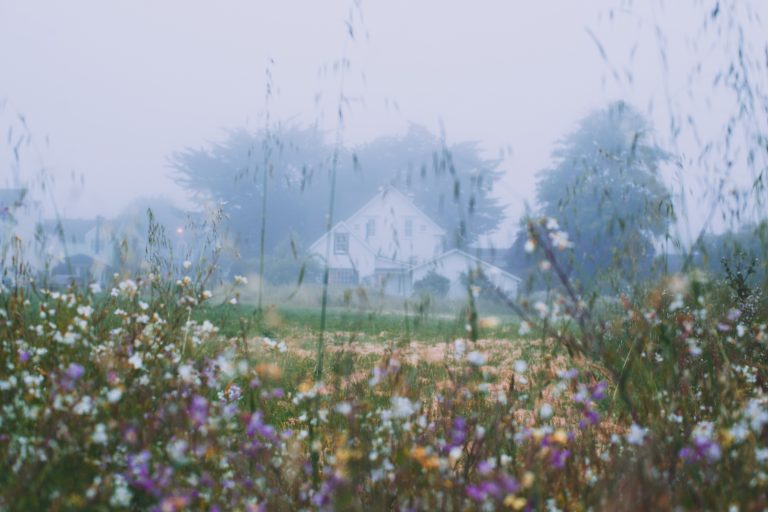I struggle with chronic, recurring depression. While it’s well-managed, the symptoms do creep up from time to time. Depression is an expensive mental health condition, in ways that might surprise you. In fact, during bouts of depression, I find that it costs me in the garden. This does mitigate the many mental health benefits of…
garden musings
Are Old Tires Toxic to Plants?
Some people like to use old tires in their gardening. However, you might wonder, “are old tires too to plants?” It’s important to think about those things, especially if you eat food from your garden. How To Use Old Tires In Your Garden There are so many great, fun ways to use old tires in…
Pine Street Garden, San Francisco
Pine Street Garden is one of my favorite little things in San Francisco. Sure, we have the huge botanical gardens and the very special Japanese Tea Gardens. But the Pine Street Garden is the type of little gem that to me is what the heart of San Francisco is all about. What Is Pine Street…
Natural Fabric Dyeing: Colorfast vs. Fugitive Dyes From Plants
Last month I mentioned that I’m working with the book A Garden to Dye For to learn more about growing plants that you can use to natural dye fabrics. One of the first important concepts is learning about how well or how long a plant’s color is likely to adhere to the fabric that you’re…
Quotes About the Benefits of Gardening
There are so many benefits of gardening. Many of them relate to frugal living. For example, gardens remind us to enjoy the little things, rather than spending money on flashy stuff. The following quotes about the benefits of gardening remind me of the important stuff. “The glory of gardening: hands in the dirt, head in…
7 Reasons Why You Should Try Gardening
Have you thought about trying gardening for a long time? What’s holding you back? Sometimes people worry that they won’t be good at it, that it’s expensive, or that they don’t have the time to do it properly. However, you can always start small and grow your garden later if you want to it. It’s…
The Essence Of The Garden
This week I want to take a step back and talk a bit about the essence of the garden. You might be thinking: Huh? What are you talking about? As frugal gardeners—and I think this is true of most gardeners—we look at the garden in a practical, utilitarian manner. How much food can I get…
Winding Down For The Season
It’s time to start thinking about winding down for the season. Especially if you live in a cold climate like me. You’re probably thinking: “Wait. Isn’t it too early?” True! It’s too early to be shutting down the garden just yet. You’re probably still harvesting. And maybe you’ve even planted some cool-season crops that you…
5 Reasons to Keep Tabs On The Weather Forecast
I’ve only used my garden hose a handful of times this season. I filled my garden boxes up with perennials and a few plants from a local nursery and knew that I wouldn’t have the energy to keep things up and maintain the garden as I usually do. I was right. But by taking…
Cheap Must-Have Tools For Frugal Gardeners
Gardening can get expensive if you let it. Personally, I’m not very big on DIY stuff for the garden. My chronic illness makes it difficult to spend too much time tinkering and toiling. Instead, I have to rely on cheap garden tools to make things work. It can take some time before you discover…

